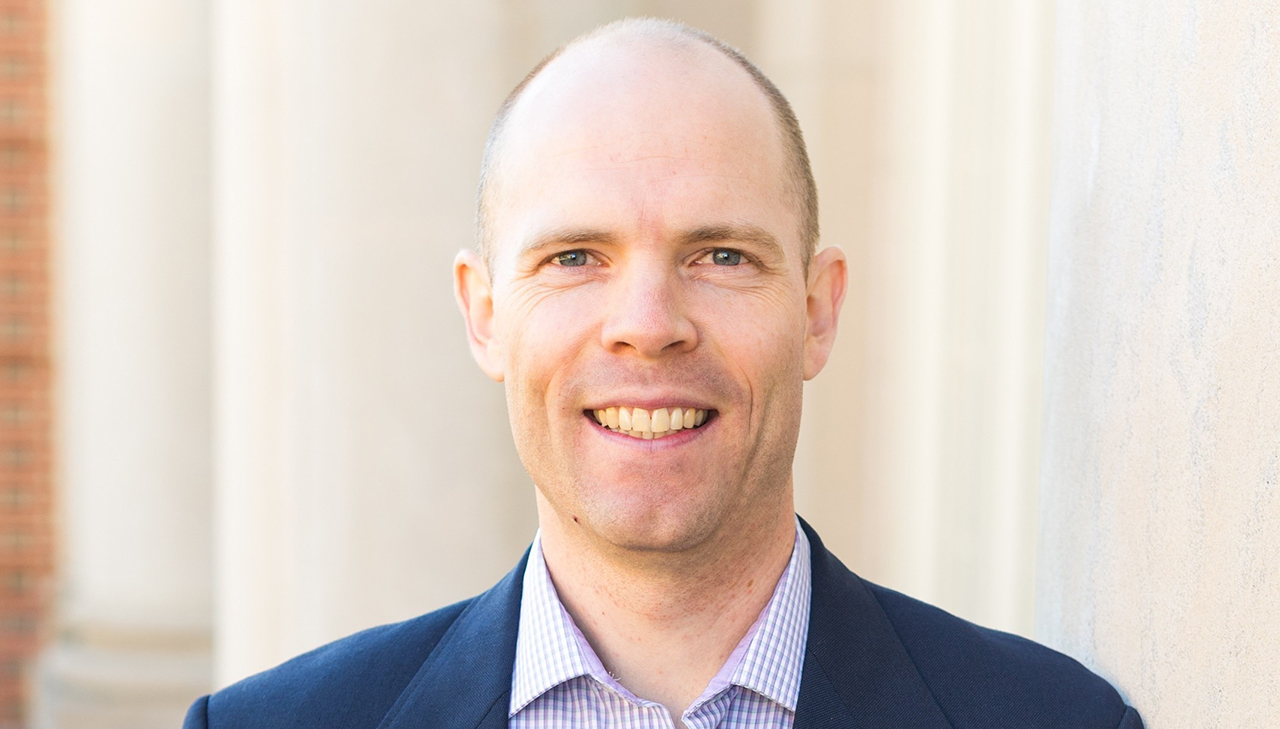
As Florida braces for a potential weekend arrival by Hurricane Irma, local, state
and federal officials are wrestling with the same questions and concerns as their
counterparts in Texas did before Hurricane Harvey.
How should volunteers be utilized? Where will critical supplies be stored and who
will distribute them? What businesses can be used as rescue and relief staging areas
after the storm, and for how long?
 Glenn Richey, a supply chain professor in the Raymond J. Harbert College of Business, saw firsthand
the problems that can surface for governmental agencies and private businesses while
living in Tuscaloosa, Ala., in April 2011. An EF-4 tornado ripped through the community,
killing 64 and injuring 1,500. Trailers packed with supplies for displaced residents
filled shopping center parking lots which, in turn, created challenges for retailers
and transportation companies eager to résumé business.
Glenn Richey, a supply chain professor in the Raymond J. Harbert College of Business, saw firsthand
the problems that can surface for governmental agencies and private businesses while
living in Tuscaloosa, Ala., in April 2011. An EF-4 tornado ripped through the community,
killing 64 and injuring 1,500. Trailers packed with supplies for displaced residents
filled shopping center parking lots which, in turn, created challenges for retailers
and transportation companies eager to résumé business.
“Those people said on Monday morning, `We want to go back to work,’” recalled Richey,
Harbert College’s Eminent Scholar in Supply Chain Management. “The supplies in those
trailers and parking lots were for people who had their homes destroyed – people who
had no water and only the clothes on their backs. What do you do? Do you go back to
business as usual, or do you step up and do what you can to help the community?”
Having weathered Hurricanes Elena and Frederic, as well as an EF-5 tornado while living
in Oklahoma City, Richey has seen his share of natural disasters and, unfortunately,
more than a few botched relief efforts. Richey and co-authors from Ohio University
and the University of Louisiana recently published an article in the Journal of Business Logistics that offers a potential solution.
Their article, "Disaster Resilience Through Short-Term Collaboration," suggests the
development of a governing framework that bridges logistics and communications management
gaps between public and private entities in the wake of natural and man-made disasters.
Richey suggests the development of boards that would connect private businesses with
officials from FEMA, Homeland Security, and state and local agencies charged with
responding to hurricanes and other threats. Such short-term, public-private partnerships
would work collaboratively to share and manage resources and information, coordinate
personnel engaged in rescue and recovery efforts, and re-open supply chains to mitigate
shortages of food, fuel, water and critical services.
In Texas, Hurricane Harvey dumped more than 50 inches of rain, killed more than 60,
displaced more than 1 million and damaged approximately 200,000 homes – all adding
up to an estimated price tag of $180 billion. The storm interrupted power to more
than 300,000 homes and interrupted fuel refinement and distribution.
“We need to ensure that everyone is focused on one outcome, understand the roles of
each group and build their goals together so they can achieve the protection of human
life,” Richey said. “If a hurricane hits, you’ve got to have the businesses in that
community willing to cooperate with the government and share the information that
they have, and have the government share important information as well.”
Management of volunteers and donated supplies represents one of the most challenging
aspects of post-disaster recovery. A recent CBS News story highlighted logistical
problems that have undermined relief efforts for Hurricane Mitch in 1998 and the Indian
Ocean tsunami of 2004, among others. Closed ports or airfields make it unlikely that
supplies will reach in those who need them the most in a timely manner. The CBS News
story described how donated clothing in the wake of the Indian Ocean tsunami sat and
rotted because relief workers didn’t have enough time to sort and clean items.
“The thinking is that these people have lost everything, so they must need everything,”
former Center for the International Disaster Information Director Juanita Rilling
told CBS News.
What they may need the most, Richey suggested, is close coordination between governmental
agencies with the resources to help and businesses with local knowledge and specific
expertise.
“The end of this is essentially a call to arms for businesses and government to get
together,” he said.

 Degrees & Programs
Degrees & Programs
 Faculty & Staff
Faculty & Staff
 Career Development
Career Development
 Recruiters & Industry
Recruiters & Industry

 Glenn Richey
Glenn Richey

